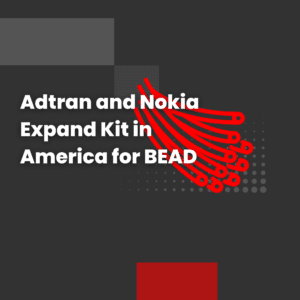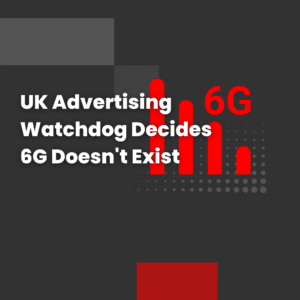Last week, Ofcom began a new investigation into the possibility of sharing the upper 6 GHz band between WiFi and mobile.
It aims to look into what’s called ‘hybrid sharing’. Hybrid sharing is a mechanism that facilitates coexistence, encourages tech-based sharing solutions such as managed databases and dynamic sensing, as well as lobby for international harmonisation of hybrid sharing at upper 6GHz to drive economies of scale for equipment makers.
In their report, Ofcom share how sharing could be implemented.
One of the solutions, dubbed the Indoor Outdoor Split, would see 6 GHz used for WiFi indoors, with mobile outdoors instead, since WiFi routers are usually indoors and mobile sites outdoors. This isn’t always the case, however, as recognised by Ofcom, who would assumedly adopt some kind of managed database of all sites or prioritisation mechanism to carry out the solution.
Another approach Ofcom consider is geographical sharing. This would mean the frequencies would be especially reserved for mobile use in specific high-traffic locations and used for WiFi elsewhere. The logic in this is that mobile data traffic tends to be most concentrated in a relatively small proportion of sites.
With Spectrum being such a finite resource, this consideration by Ofcom is bound to turn some heads from both the WiFi and mobile industries.
With the World Radio Communication Conference (WRC-23) coming up in November, mobile operators have been making the case for as much spectrum as possible to be allocated for licensed cellular devices. In January of this year, the GSMA argued that deploying 5G in the upper 6 GHz band is ‘crucial’ for countries to maximise the socio-economic benefits 6 GHz can bring.
Despite this, there is already strong momentum behind WiFi at 6 GHz. The Federal Communications Commission, Ofcom’s US counterpart with a much less catchy name, allocated the 6 GHz band for WiFi in 2020, a move that paved the way for the commercialisation of WiFi 6E, a version of WiFi developed to be even faster than WiFi 6.
As reported by the WiFi alliance, many other major markets have freed up some or all of the 6 GHz band for WiFi, including Japan, South Korea, the EU and Canada.
This gives OEMs more certainty that there is a big enough addressable market to begin mass-producing WiFi access points and terminals that can connect at 6 GHz. This, however, cannot be said for the cellular side of the device ecosystem.
Because of this, even if Ofcom’s consultation does open the floodgates for 5G at upper 6 GHz, it’s more likely we’ll see WiFi 6E phones on the market first.
Ofcom also take time to consider the needs of industries already using the upper 6GHz band, and how they could be affected.
These include fixed links, fixed satellite services, programme making and special events (PMSE), and short-range devices. Space sciences, such as Earth exploration satellite services (EESS) and radio astronomy, also actively use the 6 GHz spectrum. Due to this, Ofcom still seek feedback on the challenges of the proposed solutions, or for suggestions of better ones.
With so many factors to consider, and the consultation being open up until September 15th, it’s unsurprising that Ofcom’s position for WRC-23 regarding the 6 GHz upper band is for no changes to be made to its current designation. Despite this, Ofcom may leave them all feeling a little short-changed, in trying far too hard to please everyone.



